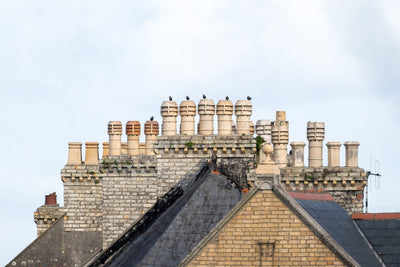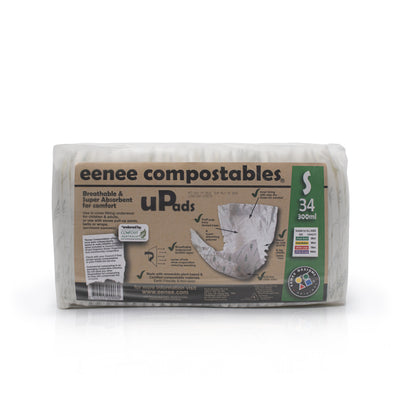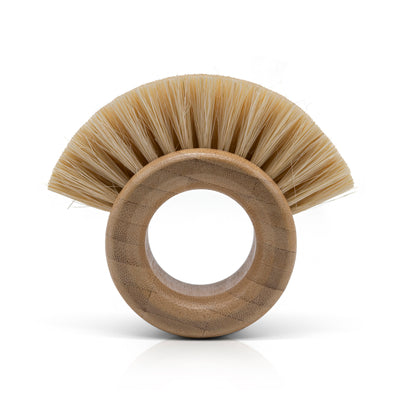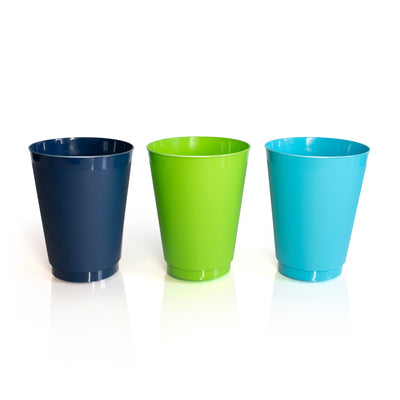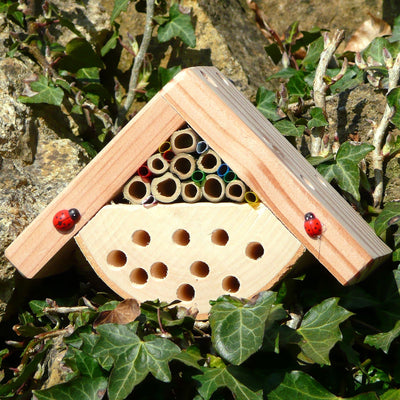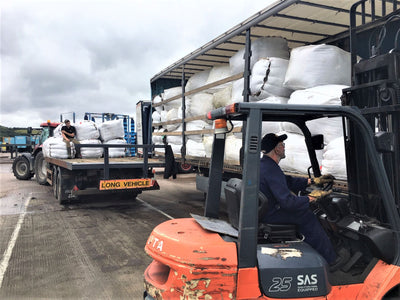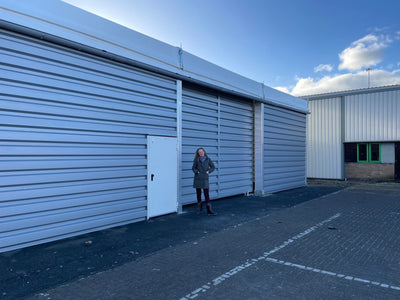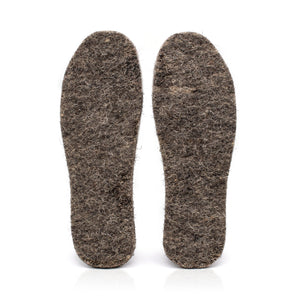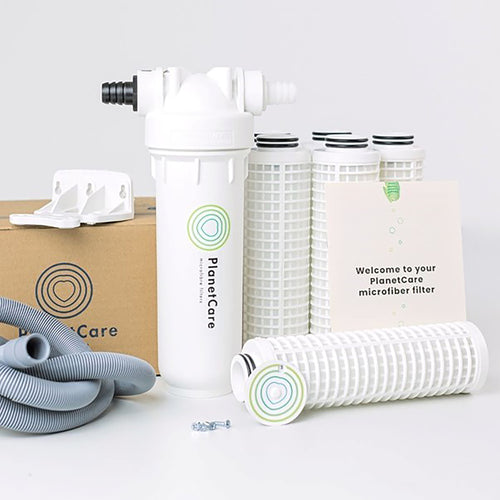I was visiting family in Cornwall in the summer, and as well as the usual beach / swimming / lovely scenery activities, I visited a tin mine. If you’ve ever visited Cornwall, you will know that there are tin mines scattered across the county, all indicated by a tall chimney. The chimneys are to vent smoke and steam out of the mines, as they used steam engines to pump the water out. The chimneys utilise the stack effect. The taller the chimney, the stronger the pull of air. There’s a secondary, smaller opening at ground level for fresh air to enter the mine. The stack effect enables a syphon force to occur – the tall chimney stack pulls the steam, smoke, and polluted air out of the mine, the cold air is forced in to replace it, this gets heated and filled with steam and all that, and on it goes up the chimney, a continuous cycle. When you’re in a hot, steamy, fumy mine, this is a really useful phenomenon.

When you’re in your lovely warm home, this is a less useful phenomenon. It’s still happening though. The stack effect works in any building where there’s some kind of a column, and a difference in air temperatures. During the winter when the average UK temperature outside is 8°C, and indoors it’s 20°C, a chimney will pull around 80 cubic metres of air out of the building PER HOUR. That’s all your lovely expensive centrally heated air syphoned up the chimney. Just like the smaller opening in the tin mines, cold air finds its way in through any gap it can find – through unsealed gaps around doors and windows, plumbing gaps, air vents….If it’s windy outside, this makes it worse, because the wind blowing across the top of the chimney is increasing the pull. It feels like cold air is blowing in through these gaps, and indeed it is, but if you’ve got a chimney it’s actually being actively pulled in. This creates the chilly draughts we notice.
Even if you haven’t got a chimney, the stack effect will still occur if there is any height to your home, and any air leaks in the building. Did you know that the reason high-rise buildings are fitted with revolving doors is because of the stack effect? It’s so great in really tall buildings that having a standard hinged door would be dangerous, and difficult to open in such strong air currents. So revolving doors were incorporated, and of course electric sliding doors now.
At Chimney Sheep we often get comments that the chimney should be left open for ventilation. In times when fires were lit on a regular basis, when having an open fire was the primary source of heating, most fireplaces were fitted with a damper. This was a metal plate that could be pulled across to close the opening. This had the combined effect of damping down the fire by restricting the airflow, and reducing cold draughts. These tend to have rusted away and been removed and forgotten about. Those that remain are usually warped and ill-fitting. We definitely need to have ventilation, but 80 cubic metres of air up the chimney is way more ventilation than we need. It’s also a lot more air changes. This matters less in an environment where the outside air is healthy, but in an urban location with a lot of air pollution, it’s enabling unnecessary quantities of polluted air into the building.
Fitting the chimney with a Chimney Sheep cuts off the stack effect but still permits a trickle of air to get through to keep the chimney ventilated. And if you haven’t got a chimney, the stack effect is still a phenomenon to be aware of in your home, so consider blocking all those ways the cold air sneaks in to reduce the extent to which warm air is syphoned out.


